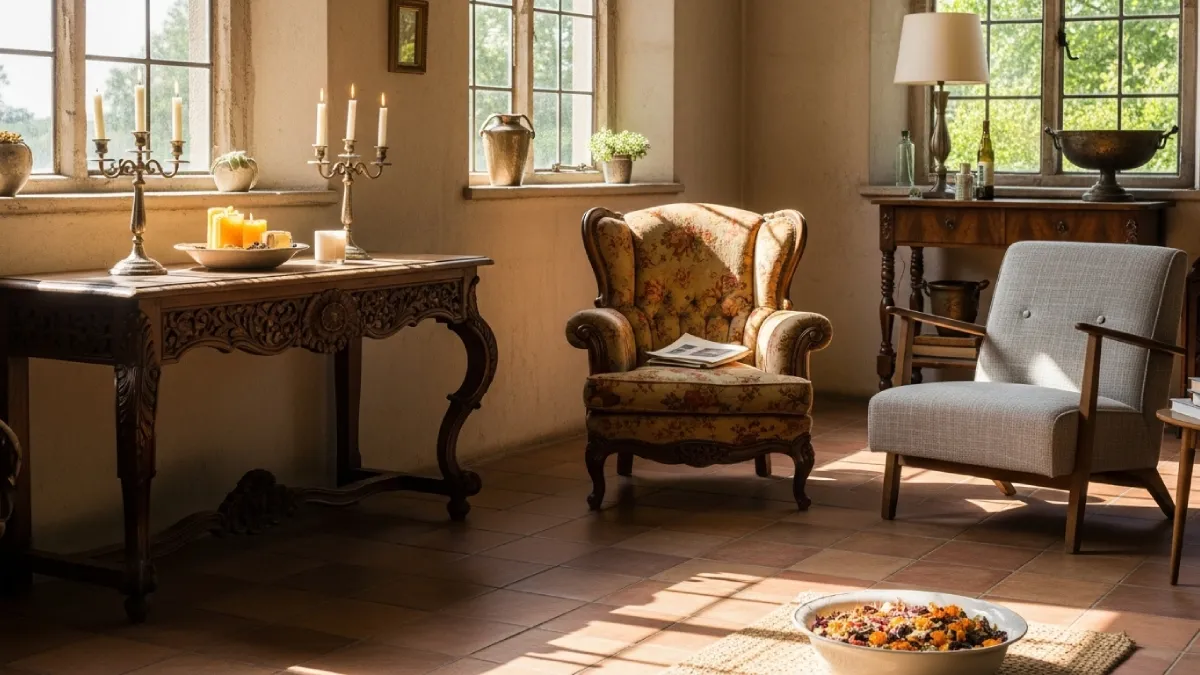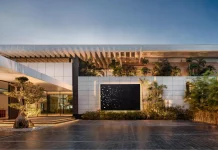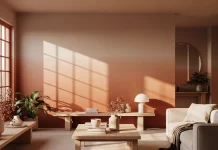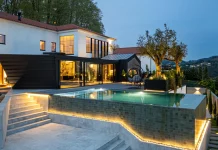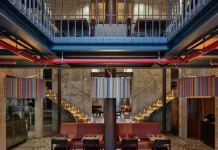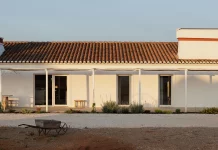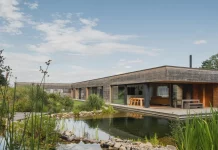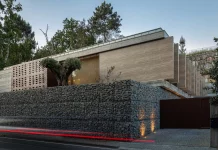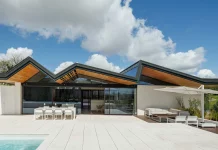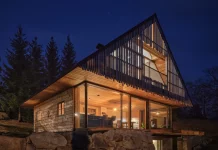A fascinating shift is taking place within interior design. We are collectively looking to the past to thoughtfully design our future. This movement isn’t about creating sterile period-piece rooms. Instead, it is a sophisticated blend of memory and mindfulness that is fundamentally reshaping our living spaces. The result is a home that feels both deeply personal and refreshingly purposeful. This embrace of “The New Old” is a direct response to a cultural yearning for authenticity and a stronger connection to our environments. Consequently, it signals a significant move away from the transient and toward the timeless, where sustainability and nostalgia are the new cornerstones of interior design.
What Is “The New Old” in Home Design?
At its heart, “The New Old” is a design philosophy. It centers on skillfully blending vintage or antique pieces with a clean, contemporary aesthetic. Furthermore, it champions sustainable practices at every turn. It is fundamentally about curating a home that tells a story—your story.
Imagine a living room where a mid-century modern armchair, perhaps inherited from a grandparent, sits in comfortable conversation with a sleek, minimalist sofa. This intentional integration of different eras and styles creates a space that is utterly unique. The “old” introduces character, history, and a tangible sense of nostalgia. In contrast, the “new” provides modern functionality and a fresh perspective. This approach to interior design is not about accumulating clutter. Rather, it is about a carefully considered collection of meaningful objects you truly love.
A core pillar of this entire movement is the emphasis on sustainability. People are more aware than ever of the environmental impact of their choices. This awareness is driving a search for ways to lessen their carbon footprint through interior design. Subsequently, there is a surge in the popularity of reclaimed and recycled materials. Think of reclaimed wood for flooring or furniture; it not only reduces waste but also adds an unparalleled rustic charm to a space. Similarly, recycled glass countertops and salvaged metal fixtures are gaining traction, offering a stylish and eco-friendly alternative to virgin materials.
The Psychology Behind the Trend: Why We Crave Nostalgia and Sustainability
The powerful appeal of “The New Old” extends far beyond simple aesthetics. It taps into a deep psychological need for comfort, security, and genuine connection. In a world that often feels overwhelmingly fast-paced and uncertain, nostalgia offers a comforting anchor. Surrounding ourselves with objects from our past, or from a time we perceive as simpler, can evoke powerful positive emotions. It creates a feeling of continuity and stability that is often missing from modern life. This infusion of personal history is a key element of this interior design evolution.
This desire for emotional connection also extends to our relationship with the planet. The growing emphasis on sustainability in interior design mirrors a broader cultural pivot towards more conscious consumerism. Homeowners are actively seeking ways to align their personal values with their purchasing decisions. Choosing sustainable materials is a tangible and impactful way to do just that. There is a growing understanding that our homes should be more than just beautiful. They should also be healthy sanctuaries for us and for the environment. This has led to an increased demand for non-toxic paints, natural finishes, and energy-efficient appliances and lighting.
How to Incorporate “The New Old” Into Your Home
Embracing “The New Old” in your own home is an exciting opportunity. It allows you to create a space that is both visually stunning and profoundly meaningful. How can you begin to weave this beautiful tapestry of sustainability and nostalgia into your interior design?
Start with a Grounding Palette
A neutral color palette provides the perfect canvas for mixing furniture and decor from different eras. Think of warm, earthy tones like terracotta, olive green, and sandy beige. These colors create a calming and inviting atmosphere that feels grounded and secure. Furthermore, these hues pair beautifully with natural materials like wood, stone, and rattan, which enhances the sense of connection to the outdoors. The color brown, in particular, is making a significant comeback, with its rich, moody vibes adding a touch of vintage-inspired sophistication to any room.
The Art of the Mix: Blending Vintage and Modern
The true key to successfully mixing vintage and modern pieces is to find a common thread that ties them together. This could be a shared color, a consistent material, or even a similar shape or form. For instance, you could pair a rustic vintage farmhouse table with sleek, modern chairs for a look that feels both timeless and contemporary. Do not be afraid to experiment and trust your own instincts. The goal is to create a space that feels collected and curated over time, not one that looks as though it was purchased in a single afternoon.
Sustainable Materials: The Foundation of Conscious Interior Design
When it comes to materials, you should prioritize those that are sustainable and eco-friendly. Reclaimed wood, bamboo, and cork are all excellent choices for flooring and furniture. They are not only renewable resources, but they also add immense warmth and texture to a space. For textiles, you should opt for natural fibers like organic cotton, linen, and wool. These materials are biodegradable and require far fewer resources to produce than their synthetic counterparts. Your choices in sustainability contribute directly to the health of your home.
Bringing the Outdoors Inside: The Power of Biophilic Design
Biophilic design, which involves incorporating elements of nature into our built environments, is another key aspect of this trend. This can be as simple as adding a few well-chosen indoor plants to your space. It could also be as elaborate as installing a living green wall. The primary goal is to forge a strong connection to the natural world. This connection is proven to have a positive impact on both our mental and physical well-being. Large windows that maximize natural light are also a key feature of biophilic interior design, as they help to blur the lines between inside and out.
The Future of Home Design is Timeless, Sustainable, and Personal
“The New Old” is much more than a fleeting design trend. It represents a fundamental shift in how we approach our homes. It is a conscious move away from mass-produced, disposable goods. Instead, it champions a more considered and thoughtful approach to interior design. By embracing sustainability and nostalgia, we can create homes that are not only beautiful but are also a true reflection of who we are and what we value. As we continue to navigate an increasingly complex world, our homes will become even more important. They are our sanctuaries of comfort, security, and personal expression. “The New Old” provides the perfect roadmap for creating these deeply meaningful spaces.
If you enjoyed this post, then I recommend checking out ‘Biophilic Design: Bringing Nature Indoors in the 21st Century‘ and ‘Building Green: A Deep Dive into Sustainable Architecture & Design Practices‘. For more, please visit the Architecture and Interior Design categories here at WE AND THE COLOR or subscribe to our podcast at Spotify or Apple Podcasts.

